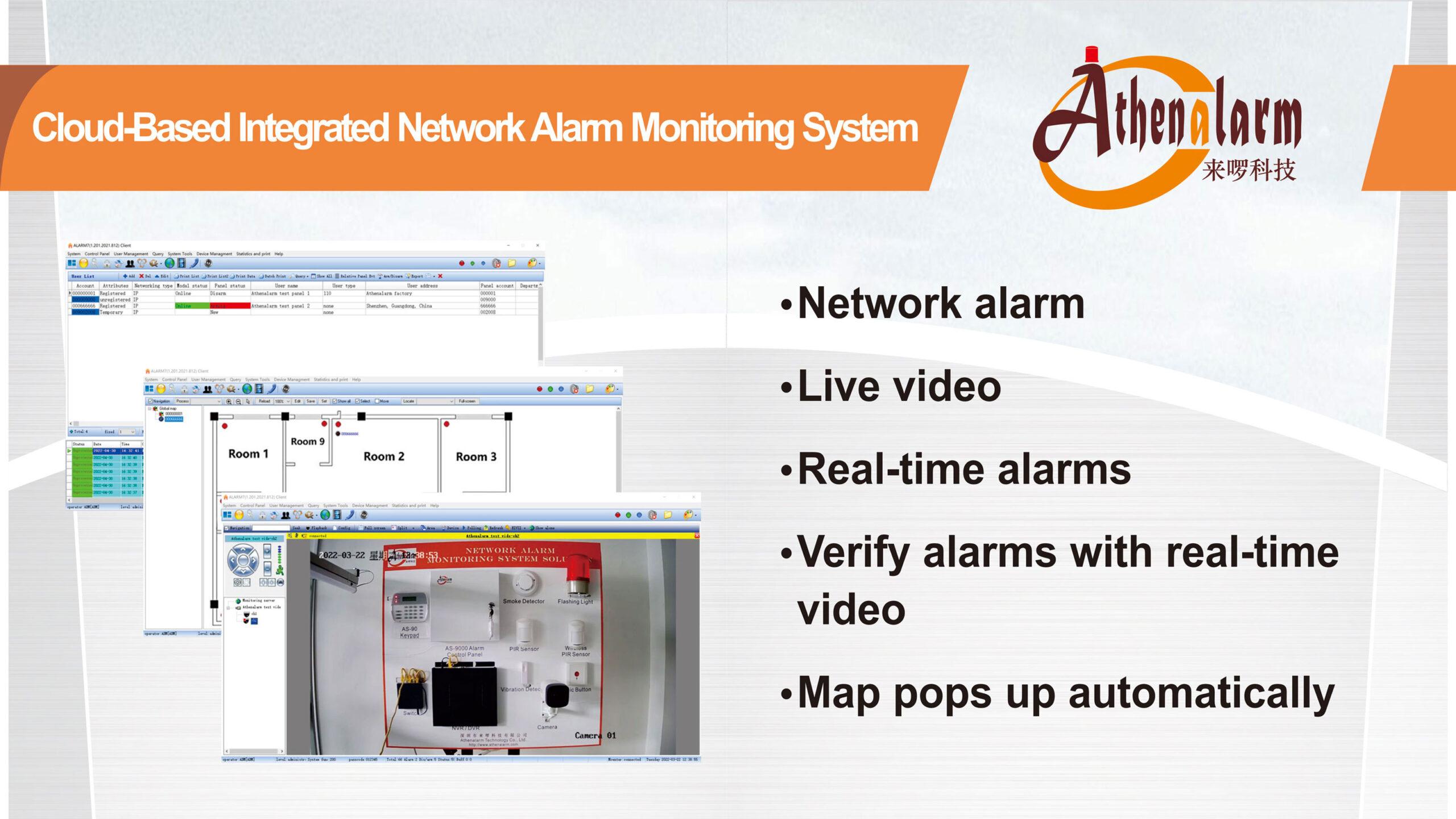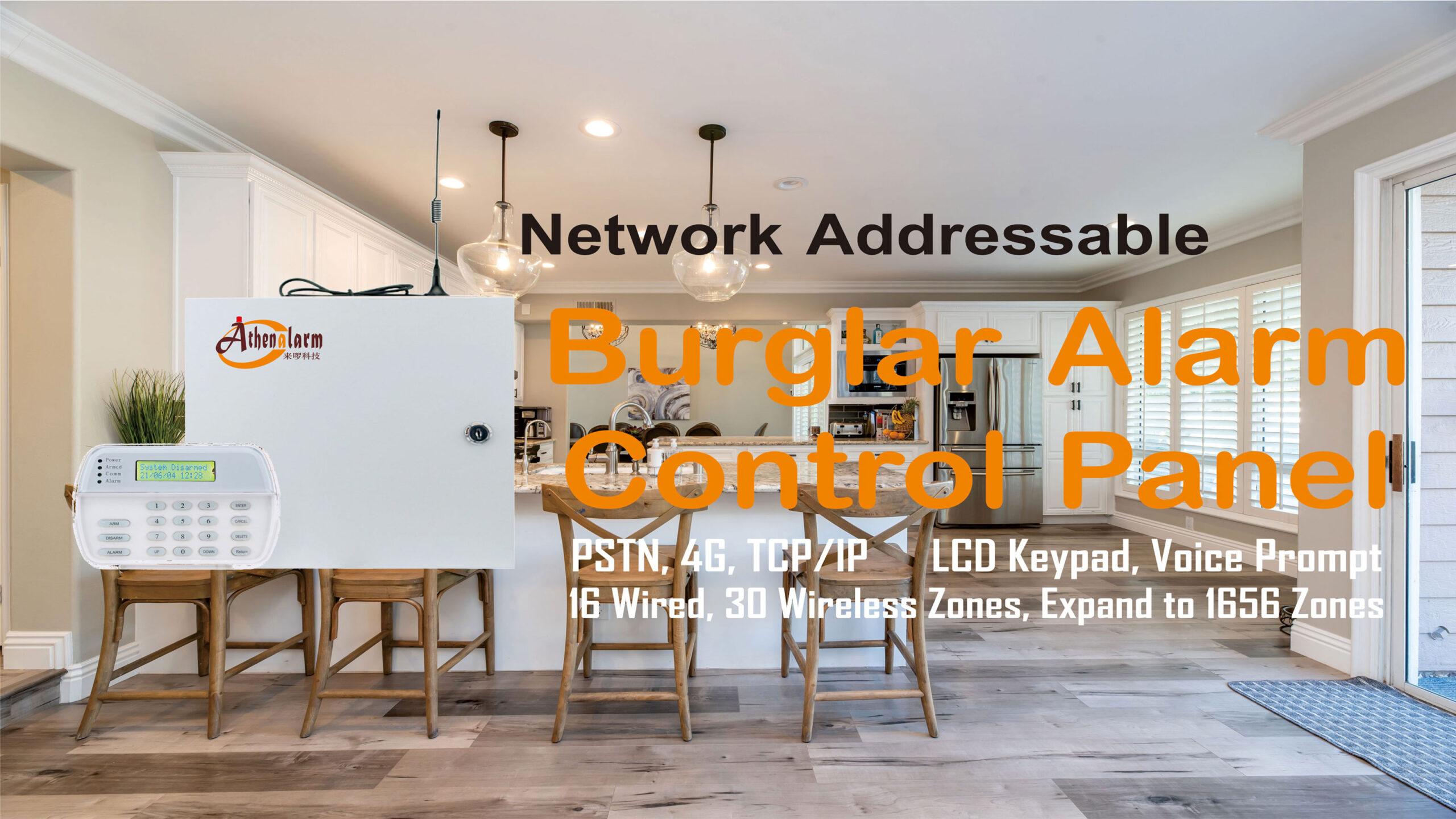



How Much Do You Know About Smoke Detectors?
(1) Classification of smoke detectors
There are two types of sensors for independent smoke detectors in residential buildings: one is an ion sensor and the other is a photoelectric sensor.
Ion sensors work by measuring the balance of positive and negative charges in the air. Inside the sensor, there is a small patch of radioactive material that generates a tiny electrical current in the air flowing in the sensing chamber. On the circuit board, there is a computer chip that monitors this current. When the smoke particles enter the sensing chamber, they disturb the balance of positive and negative charges there, and at the same time change the current. As the smoke gradually increases, the imbalance between positive and negative charges will increase. When this balance reaches a certain limit, the buzzer will sound.
The photoelectric sensor measures the concentration of smoke through a beam of light and a light sensor. The device is designed so that the light beam is deflected away from the sensor. When smoke enters the sensing chamber, the smoke particles scatter part of the light beam onto the sensor. As the concentration of smoke gradually increases, more light beams will be scattered onto the sensor. When the light beam reaching the sensor reaches a certain level, the buzzer will sound.
(2) Is it effective to use the smoke detector?
As the use of smoke detectors continues to increase, the number of deaths from residential fires continues to decline. The National Fire Protection Association report shows that in the event of a fire in a residence with the recommended number of smoke detectors installed, the chances of escaping the occupants of the residence will be 50% higher than those of a residence without installation.
(3) Does my smoke detector need to be replaced?
If the smoke detector is approaching 5 years, it is nearing the end of its useful life and should be replaced. Some people think their smoke detector only works when there is smoke, but it is always on, monitoring the air 24 hours a day. For example, an ion smoke detector will cycle 1.75 million times in 5 years. The photoelectric smoke detector works 24 hours to check the smoke particles in the air.
Just like other electrical equipment, smoke detectors will wear out over time. A smoke detector that has been used for 5 years will have a reduced fire detection function, so it is better to replace it early.
(4) How many smoke detectors do you need to install in your home?
General households need to install at least one set of smoke detectors. The exact number is determined by two factors. The number of floors and bedrooms in the dwelling.
The following recommendations are based on the National Fire Protection Association’s published standards for home fire alarms:
- For newly built houses, the standard requires a smoke detector to be installed in each bedroom.
- Install one outside the bedroom where the alarm can be heard through the door.
- Install at least one on every floor in the dwelling.
It is necessary to install a detector in every bedroom. There are many fires that occur in the bedroom. If the detector is closer to the fire, it can play an alarm role.
The purpose of installing a smoke detector outside the bedroom is to remind the sleeper that a fire has occurred outside the bedroom. If the bedrooms are distributed in different locations in the house, then smoke detectors should be installed in different places.
If the residence is large, more than one smoke detector can be installed on different floors.
Smoke detectors detect fires through smoke, and the closer you are to a fire, the faster you can respond. Therefore, installing more smoke detectors will increase your sense of security.
(5) Which places in the house do not need to install smoke detectors?
Detector s are not recommended for extremely hot or cold locations, or where large amounts of smoke and dust are often present, and for attics and similar locations. The manufacturer’s instructions will tell you where the equipment is intended for use.
There are two reasons why smoke detectors are not suitable for garages: One is that garages are not greatly affected by outside temperature, so they sometimes deviate from the temperature range of the alarm. The second reason is that exhaust gases from the engine can cause false alarms.
Another place where smoke detectors do not need to be installed is the kitchen. False alarms may result if the detector is installed too close to the cooking appliance. NFPA 72 requires that when the smoke detector is installed within 20 feet of the cooking appliance, it should also be installed with a photoelectric device or a static button.
(6) Which kind of smoke detector is better?
Each type of alarm has met the test standards, but each has its own strengths.
The ion smoke detector is quicker in sensing tiny smoke particles. When there is an open flame (such as a burning newspaper) or a fast-burning raging fire, there are more tiny particles of smoke in the air, and the ion smoke detector will alarm before the photoelectric alarm.
On the other hand, the photoelectric smoke detector responds to larger smoke particles faster. When smoldering (such as cigarette butts igniting the sofa), there will be more larger smoke particles in the air, so the photoelectric smoke detector will alarm before the ion smoke detector.
The time interval between these two types of alarms is not large, but many fires spread extremely quickly, so time is of the essence in saving lives.
(7) How can I detect the smoke detector?
Each smoke detector is installed with a detection button after it is produced. The manufacturer recommends that you check your smoke detectors frequently, at least once a month.
(8) Should I use real smoke to detect smoke detectors?
This method is not recommended because the burning materials used to generate the smoke may cause a real fire to start. Very dangerous, usually a lot of combustible materials are placed in the bedroom, and open flames can easily cause accidental fires. Using the test button is the best way to test.
(9) Is it important to clean the smoke detector frequently?
It is very necessary to clean the smoke detector regularly. The smoke detector has some small sieve-like shelters around the induction center to prevent small bugs and dust from entering the induction center. But dust can accumulate around the shelter, slowing the movement of the air. Cleaning the smoke detector is easy. Simply vacuum the air outside the alarm at least once a year.
(10) How to use the battery?
The battery of the smoke detector can be used for at least one year under normal circumstances. The biggest reason a smoke detector stops working is due to artificially removing the battery. A spring switch has been added to the newer smoke detectors, which is an important improvement as there is no way to mount the smoke detector back into the ceiling without batteries.
(11) Is a battery with a lifespan of 5 years a good idea?
A battery with a service life of 10 years is installed in the smoke detector to reduce the frequency of battery replacement. A 9-volt lithium battery can be used, but must still be tested periodically.
(12) Is the radiation of the ion smoke detector dangerous to the human body?
Will not. The ion smoke detector uses a small amount of americium 241 which will not cause any danger. It has less energy than the radium used in watch dials. Radiation intensity is about 1 Curie, or less. The range of the ray is very short, far less than 1 meter; the penetrating power is very weak, and a piece of white paper can block it.
In fact, you can throw your old smoke detector in the trash with no worries. When you hear that ion smoke detectors are dangerous, it is baseless. When ion smoke detectors were first produced, they were tested and they were found to pose no danger to consumers. After several years of testing, the government confirmed that the smoke detector is indeed safe.
